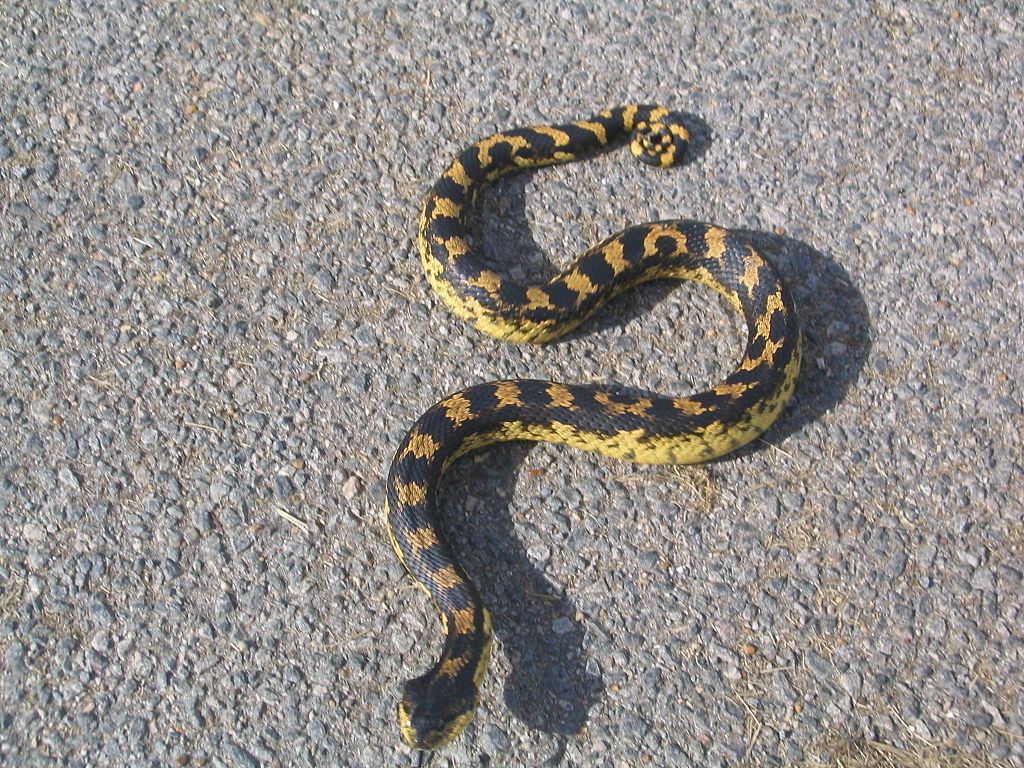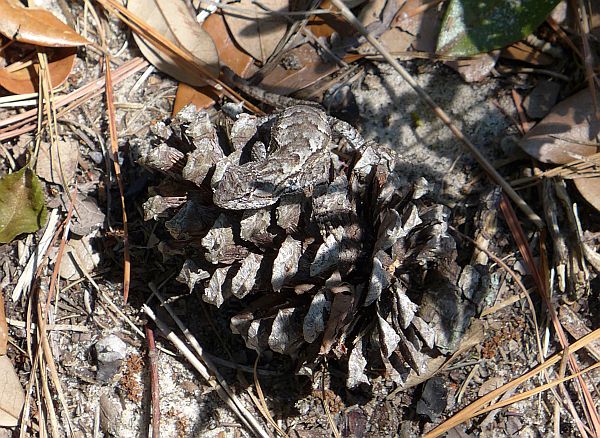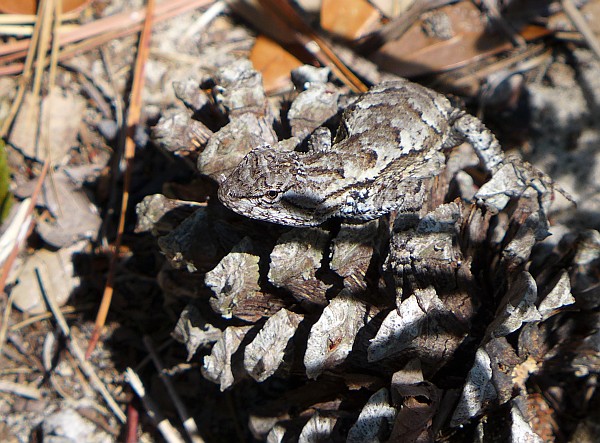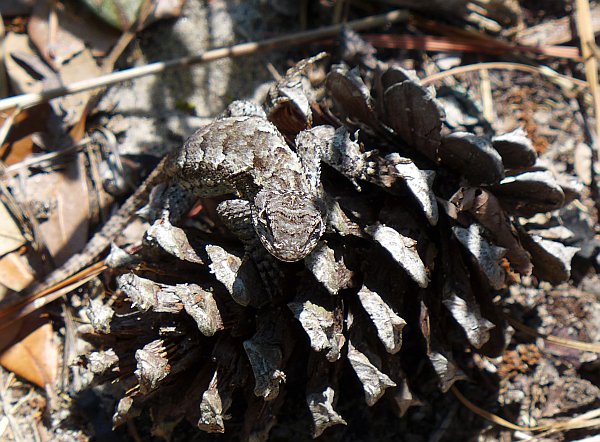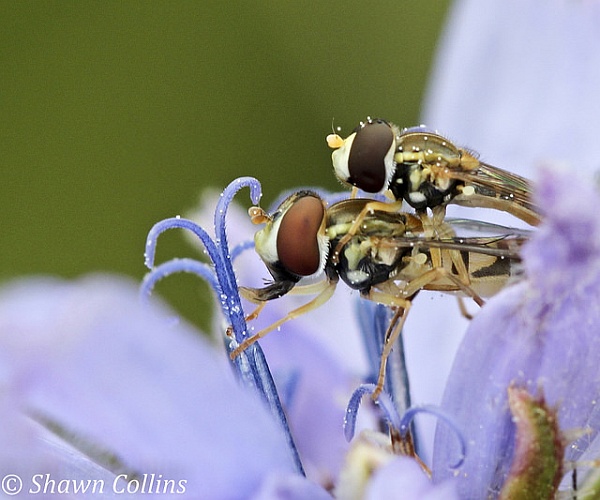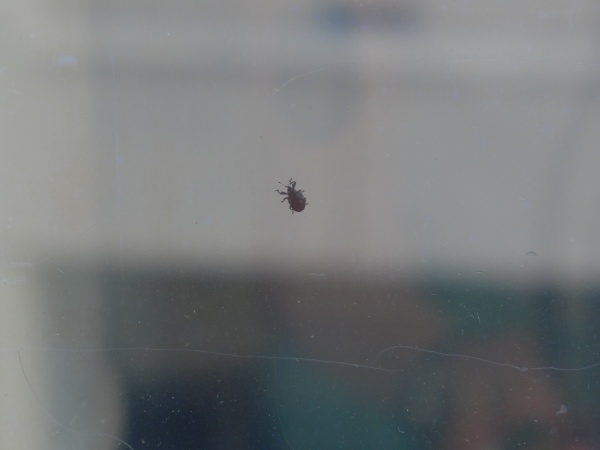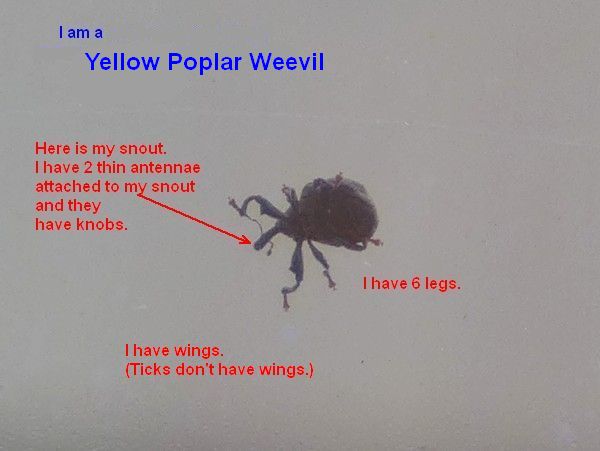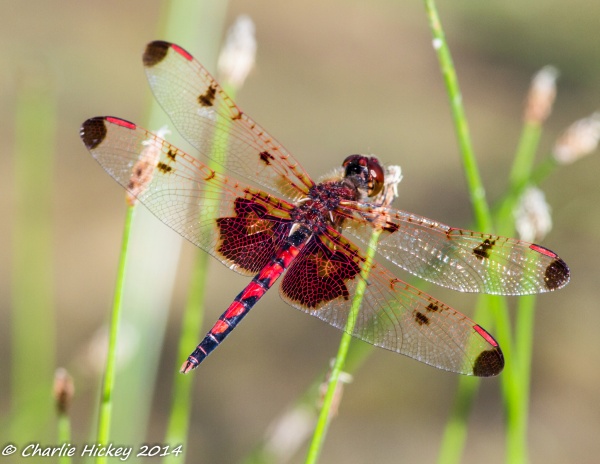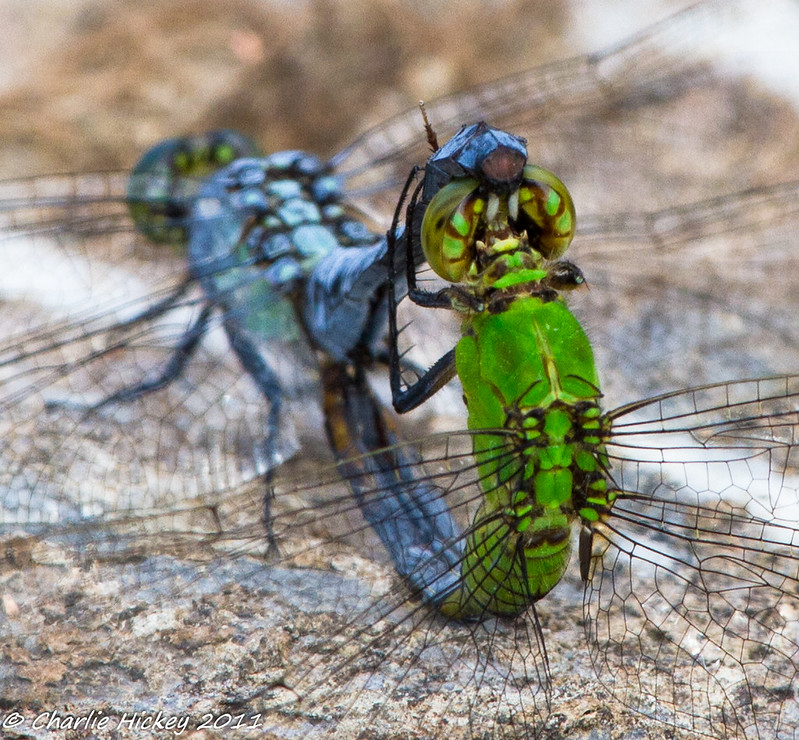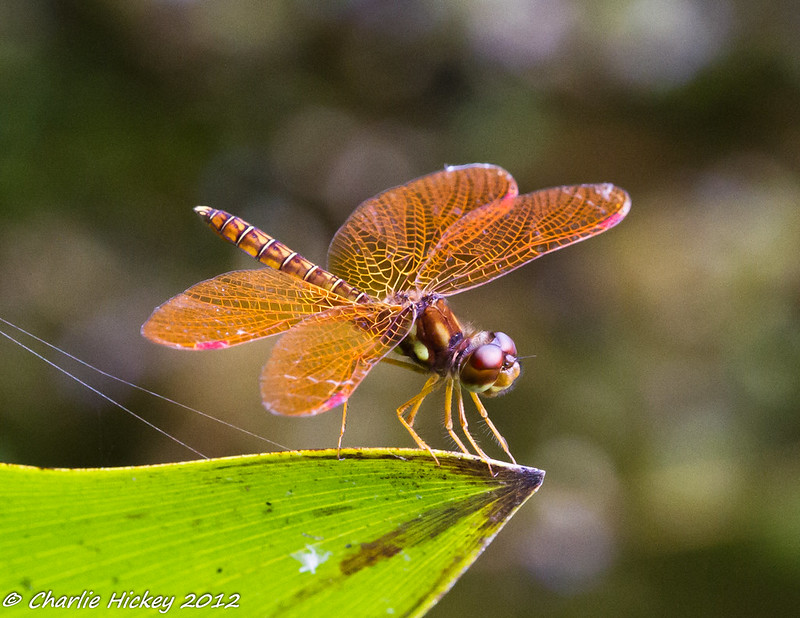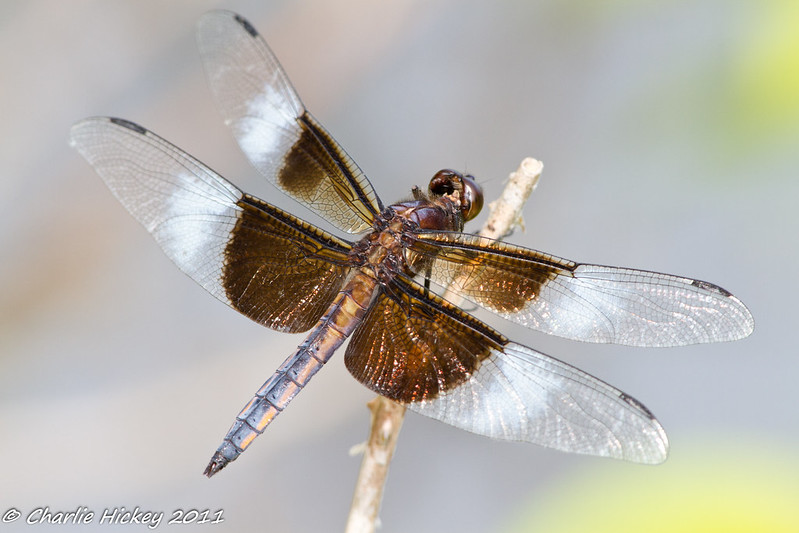1 August 2014
July is the time when bees have wars. I knew nothing about this until Facebook-friend Chad Steele described a war at his hive on July 21.
Chad wrote, “During a walk yesterday there was a huge cloud of bees all around and over the hive. At first I thought they were swarming. But looking closer, it appeared that there was another swarm trying to get into the hive, especially where I just put on the new boxes. I got even closer and saw bees fighting each other to the death.”
I asked my bee-keeping friend, Joan Guerin, to tell me more. She explained that in July there’s a dearth of nectar because spring flowers have finished and late summer flowers have not ramped up. Hungry bees go scouting for nectar and when they find a colony with weak defenses they try to get in. Successful scouts go back home and recruit more invaders. The war is on!
Chad found this out first-hand. Wearing his bee-keeping gear, “I got into the fray again, inside the older boxes, and pulled out a frame to get some idea what was occurring… And I was surprised to see hundreds of bees uncapping the honey cells, and drinking it!! Occasionally there was one being attacked by another bee… The cloud of bees was huge and after putting the frame back I concluded that this was a takeover.”
The drama began silently a few months before. Chad figured out that the queen had died in late May or June and no queen succeeded her. With no new eggs and bees being born in the colony the worker population dwindled. By July Chad’s hive was a much smaller group, unable to defend their colony.
Ultimately, the invaders stole the honey and the old hives’ workers completely died out. Chad has left two boxes in place in hopes that a honeybee swarm, looking for a new home, will come in and start a new colony. “That is how we got this one, so it could happen again. Especially since there is obviously a strong hive somewhere nearby …Time will tell.“
Watch the video above to see bees attack a few invaders at a hive in Tulsa, Oklahoma.
Who knew that honeybees fight to the death in hand-to-hand combat? I learn something new every day.
(video from YouTube by TulsaCountyBees)
